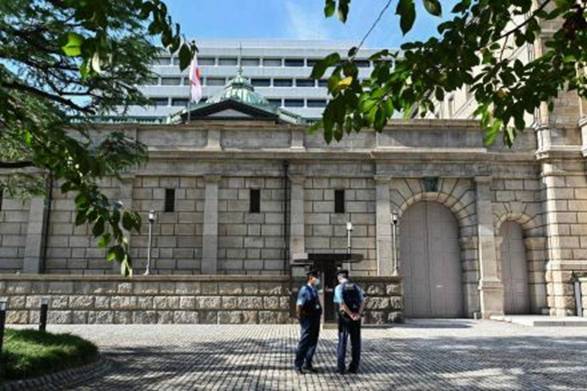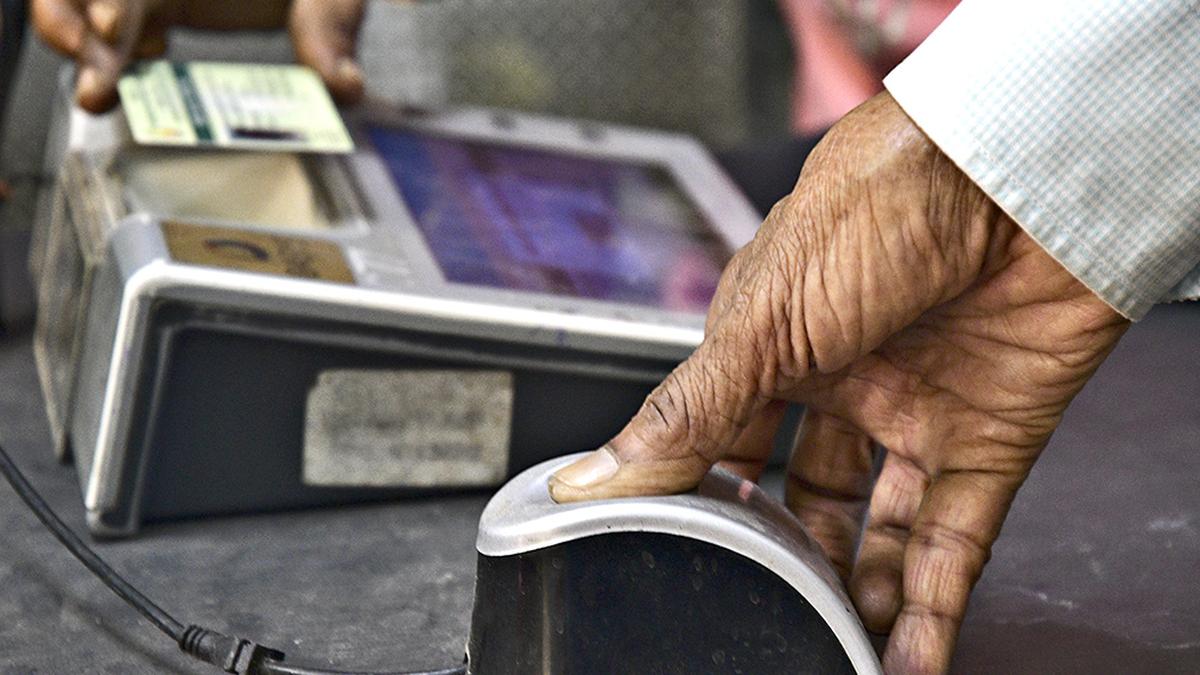Description

Copyright infringement not intended
Context: Bank of Japan’s (BOJ) yield curve-control policy has gained some extra breathing space as longer-maturity Treasury yields dropped due to increasing concern over a global recession.
Details:
- Fed raised its benchmark by another 75 basis points and cut its economic growth projection.
- A possible decline in Japan’s 10-year yield from the BOJ’s 0.25 per cent ceiling may ease pressures on the central bank to keep buying the securities in a market under liquidity stress.

What is yield curve control, and why does it matter?
- In normal times, the Fed steers the economy by raising or lowering very short-term interest rates, such as the rate that banks earn on their overnight deposits.
- Under yield curve control (YCC), the Fed would target some longer-term rate and pledge to buy enough long-term bonds to keep the rate from rising above its target. This would be one way for the Fed to stimulate the economy if bringing short-term rates to zero isn’t enough.
- Prior to the COVID-19 crisis, Fed ought to consider adopting YCC when short-term rates fall to zero.
- Australia’s central bank adopted a form of YCC in March 2020, in response to the coronavirus, and is targeting a three-year government bond yield of 0.25 percent.
- Yield curve control is different in one major respect from QE, the trillions of dollars in bond-buying that the Fed pursued during the Great Recession and is pursuing in 2020.
- QE deals in quantities of bonds; YCC focuses on prices of bonds.
- Under QE, a central bank might announce that it plans to purchase, for instance, $1 trillion in Treasury securities. Because bond prices are inversely related to their yields, buying bonds and pushing up their price leads to lower longer-term rates.
- Under YCC, the central bank commits to buy whatever amount of bonds the market wants to supply at its target price.
What do we learn from the Bank of Japan’s use of yield curve control?
- The BOJ is the only major central bank to have experimented with interest rate pegs in recent history.
- YCC is just one piece of the BOJ’s large policy effort that also includes quantitative easing, forward guidance, and negative interest rates—all aimed at lifting inflation.
- The Bank has been successful at maintaining a yield of zero percent on JGBs.
- In addition, YCC has allowed the BOJ to purchase fewer bonds in the last three years than it did under the large quantitative easing program that began in 2013.
- Until late 2016, the BOJ was purchasing about 100 trillion yen in JGBs each year. As a result, the BOJ’s balance sheet expanded much faster than that of other major central banks.
- Since the initiation of YCC, however, the BOJ has purchased government bonds at a slower pace and still kept yields on 10-year bonds at historically low levels.
How would YCC affect the economy?
- Interest rate pegs theoretically should affect financial conditions and the economy in many of the same ways as traditional monetary policy: lower interest rates on Treasury securities would feed through to lower interest rates on mortgages, car loans, and corporate debt, as well as higher stock prices and a cheaper dollar.
- All these changes help encourage spending and investment by businesses and households.
- Recent research suggests that pinning medium-term rates to a low level once the federal funds rate hits zero would help the economy recover faster after a recession.










